A common complaint among tech enthusiasts is that modern phones all look the same and companies don’t innovate anymore. While companies are partly to blame, we often fail to notice our role in the way things are. Let me take you on a journey to how we got here.
Enter the Golden Era of Smartphones
Nearly 50 years ago, in 1973, Motorola engineer Martin Cooper made a historic phone call from the streets of New York using an early prototype of the world’s first commercially available mobile cell phone, the DynaTAC 8000X. A phone so big it looked like a brick, but was an engineering marvel at the time, and ushered us into the age of wireless networking.
Almost 20 years later, we got the world’s first smartphone, the IBM Simon, which had a resistive touchscreen display and came preloaded with simple applications like a calculator, a calendar, contacts, and email. Fast-forward 30 years, and the modern smartphone, although exponentially more capable in every single way, does fundamentally the same thing: act as a portal to your favorite apps.
Innovation at the time was slow for three reasons. One, the physical limitations of the technologies available back then; two, our limited understanding of those technologies; and three, the absence of a proper global market for such devices.
It was in 2007 when the smartphone industry really found its footing, with the launch of the first iPhone. The phone was so well-received, every tech company at the time wanted to become the “iPhone killer”—a sentiment still prevalent today—and hence experimented with all sorts of new technologies and features in order to outdo Apple.
Most of those experiments naturally didn’t bear fruit. Still, the rise in competition was a major win for us consumers, nonetheless, because each company had to compete harder to win market share. That meant rapid innovation was the only way to be visible in the market, as opposed to earlier, when it happened on a much longer time horizon.
In fact, let’s do a quick rundown of some of the most influential modern smartphones and the technologies they brought us, which we still use today. Note that this list only includes mainstream, commercially available phones. Some of these technologies were discovered much earlier, but were brought to market later.
Year | Smartphone | Feature pioneered |
2007 | LG Prada | Capacitive touchscreen |
2008 | HTC Dream | First phone with Android OS |
2009 | Palm Pre | Wireless charging |
2010 | LG Optimus 2X | Dual-core processor; 1080p video recording |
2011 | Samsung Galaxy Note | First phablet phone; built-in S Pen |
2012 | Nokia Lumia 920 | Optical image stabilization |
2012 | LG Optimus 4X | Quad-core processor |
2013 | Acer Liquid S2 | 4K video recording |
2013 | Samsung Galaxy S4 | Octa-core processor |
2013 | Nokia Lumia 1020 | First high-res camera with large sensor |
2014 | Sharp Aquos Crystal | First phone with thin bezels |
2015 | LeTV Le 1 | First USB-C phone |
2016 | LG G5 | Ultrawide camera |
2017 | iPhone 7 Plus | Telephoto camera |
2017 | Razer Phone | High refresh rate display |
2018 | Vivo X20 Plus UD | Under-display fingerprint reader |
Notice how, ever since the launch of the iPhone, we have witnessed something new, something revolutionary every year. Aside from the built-in stylus, all modern top-of-the-line flagship phones have all of these features, and we’ve come to expect them as standard.
It was the unified effort of all of these companies that made the modern smartphone what it is today; no single company can claim all the credit for the pace of this innovation.
I also want to point out that while some companies didn’t pioneer new features, they contributed immensely to them becoming mainstream. For instance, the Razer phone was the first to introduce a high refresh rate, but it was really OnePlus that made it popular, alongside fast-charging, software fluidity, and making cheaper phones more powerful.
We Got Exactly What We Wanted… and We Hate It
Part of the reason innovation happened so rapidly in the last two decades is that each new iteration was meant to address a certain pain point people experienced with their phones. Slow charging, poor image quality, bad reception, huge bezels, shaky video, inability to take zoom shots, and more were all real problems people were facing, so there was a clear direction that companies had to follow in order to make their phones better.
The more problems your product solves, the more likely people are to buy it. But we’re now at a point where we don’t really have much left to complain about, at least from a hardware point of view. The complaints people have today with their phones are less about technological inadequacy and more about the quality of the service provided, like the number of software updates, the timeliness of those updates, the availability of service centers, and repair costs.
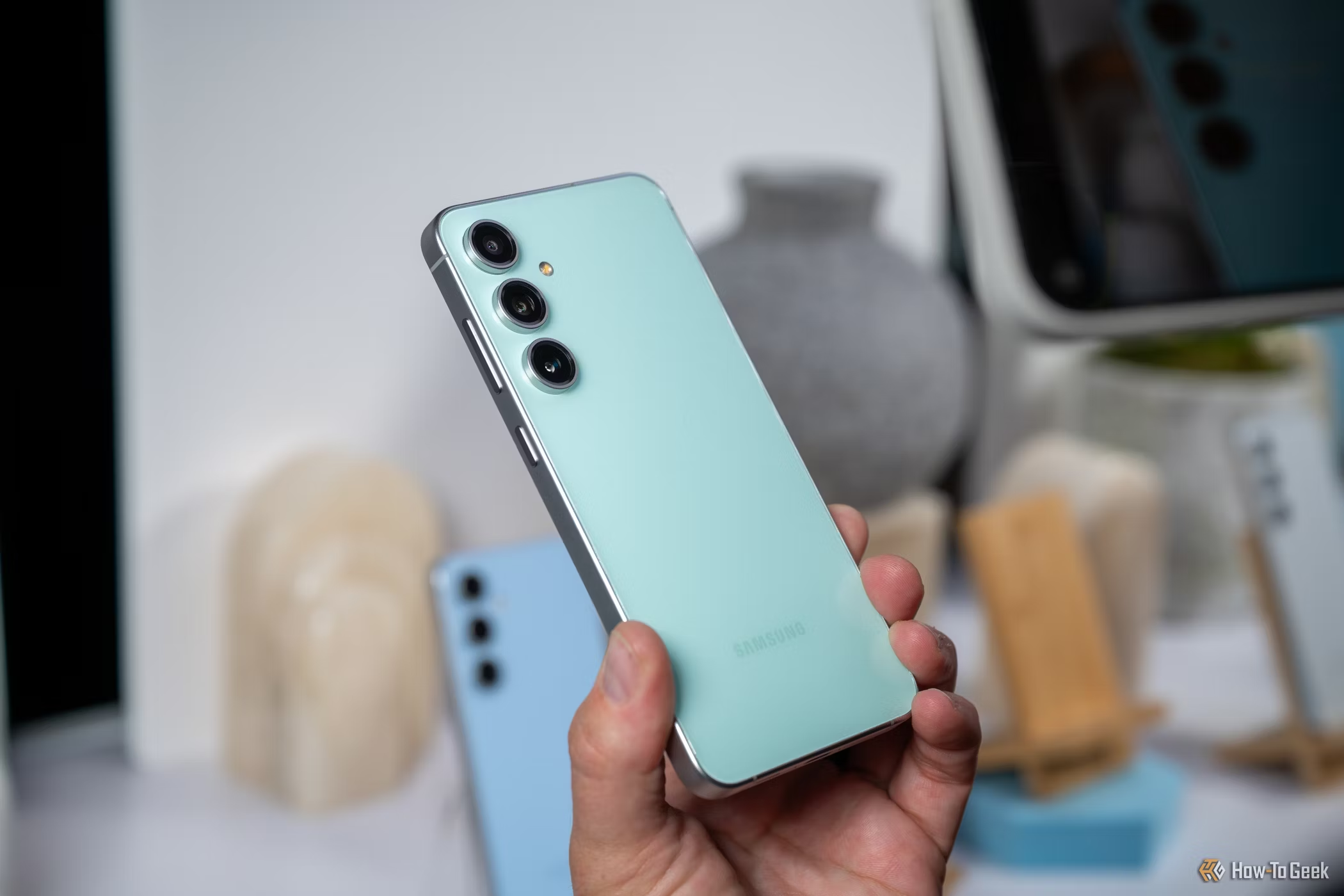
Related
Why I Buy Samsung’s Mid-Range Phones, Even Though They Don’t Offer the Best Value
There’s a lot more to a phone than camera, battery, and processor.
You and I, being enthusiasts, actively seek out new features and love speculating what the next frontier of the smartphone will look like. But the average buyer, for whom a smartphone is still just a tool to do basic tasks, doesn’t really care. All they want from their phone is that it works as expected and doesn’t give them problems, which is not a big ask. Even budget phones are now able to perform relatively well.
Phones today don’t necessarily need wow factors to sell well; they just need to be reliable and user-friendly enough that people don’t have to undergo a new learning curve every time they upgrade their phone. In practice, this reliability means not interfering too much with the layout of the interface, app, and quick settings icons, certain system animations, and the overall behavior of the software.
As consumers, we want our phones to feel new and exciting, but not at the cost of losing their reliability and longevity; that’s why even Android isn’t that fun anymore. When companies can’t change their software too much and hardware has mostly peaked, they have no choice but to compete on the basis of the next best thing available: ecosystems.
Diminishing Returns and Shift in Consumer Preference
A lot of the things that were previously exclusive to flagship phones have now made their way into mid-range models, like glass back, fast chips, and water and dust resistance. This is because, like any piece of technology, the smartphone has diminishing returns and flagships burn through their fuel rather quickly.
Since there’s limited room inside a phone’s chassis, we couldn’t keep adding a larger battery or image sensor endlessly; we had to stop somewhere—and so we did. And in the process, companies shifted focus to building their own ecosystems and offering accessories that pair well with their phones, like wireless earbuds and smartwatches, but doing this well is a lot harder than you think.
People still buy new phones, but we most certainly don’t upgrade as frequently as we used to a decade ago. “The resilience and the quality of the phones has improved quite dramatically over the last five to 10 years, so people can keep them much longer,” said Verizon CEO Hans Vestberg in a CNBC interview.
That means companies have to wait longer for a buyer to return, which puts major stress on their earning potential, which in turn leads to reduced risk-taking ability. Simply put, even if a company wants to do something new, business reality often gets in the way. We saw this firsthand with the commercial failure of the iPhone Mini, even though reviewers loved it.
Oligopolistic Markets Leave Little Room for Innovation
Back when there was still plenty of hardware innovation to be done, phones were compared in a vacuum, that is, on the basis of their features alone. But now, we buy phones partly based on how difficult it would be to switch to a different ecosystem.
An iPhone user, for example, might really want to try the camera quality and AI features of the Google Pixel, but hesitate to switch out of fear of losing FaceTime, iMessage, Apple services, and deep integration with other Apple products.
That means by the time the tech industry matured, most people already had their favorites set in stone, namely Apple and Samsung, and so several notable players who couldn’t capture enough market share early on got outcompeted, and entry for newcomers became harder.
LG, Panasonic, Blackberry, Nokia, HTC, Razer, Essential, and many other brands either exited the market entirely or just faded into irrelevance, leaving us with only a handful of survivors who now had less competition and more control over the industry.
As a result, moving up the industry ladder is much harder today for smaller companies. In fact, as of March 2025, Google has managed to capture only 1.67% of the global smartphone market, despite being the company that develops the Android OS and is nine generations in with its Pixel lineup so far, and has had considerable exposure to the industry even before it via Nexus phones.
We Still Have a Lot to Look Forward To
It’s easy to assume we’ve reached peak smartphone, and while growth has indeed slowed for the reasons we saw earlier, we shouldn’t ignore the progress happening right in front of us.
Silicon-carbon batteries could dramatically increase battery life in the next few years; we’re already seeing phones ship with up to 8000mAh. Apple and Samsung are said to launch their thinnest phones yet, the iPhone 17 Air and S25 Edge.
LG Innotek has invented a camera module that offers continuous optical zoom between the 4x to 9x magnification range, promising significant mobile photography improvements.
Also, as under-display camera tech continues to improve, we might finally achieve a fully uninterrupted display with no selfie camera cutout. Foldable phones are getting better every year, too, and once Apple releases the first foldable iPhone, we might see faster adoption.
We’re no longer in the golden era of smartphones, and that’s unfortunate, but there’s a silver lining to it: no matter which phone you buy today, it’s unlikely to lack any essential features.
It’s hard to find a phone nowadays that’s genuinely bad, and that is a huge relief for non-tech-savvy buyers who don’t understand specifications. We might have to wait longer now for groundbreaking innovations, but we are not at peak smartphone. Not yet.


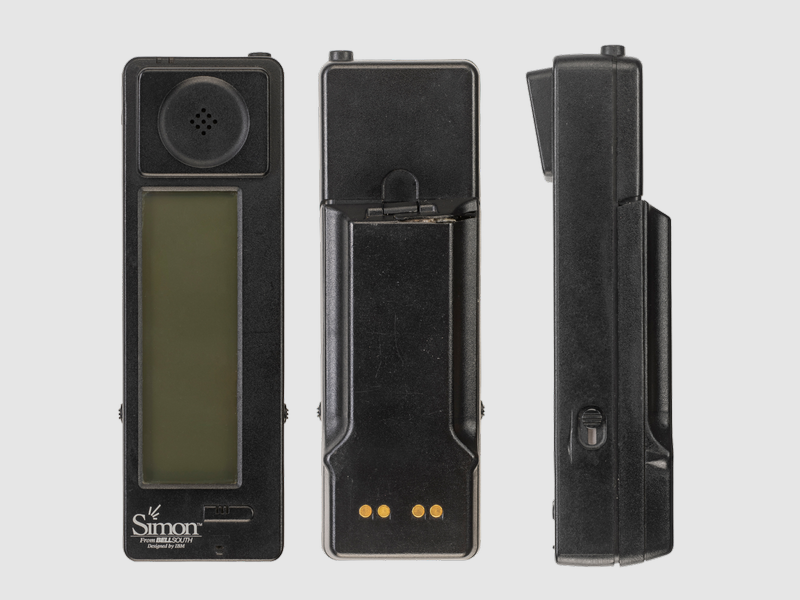

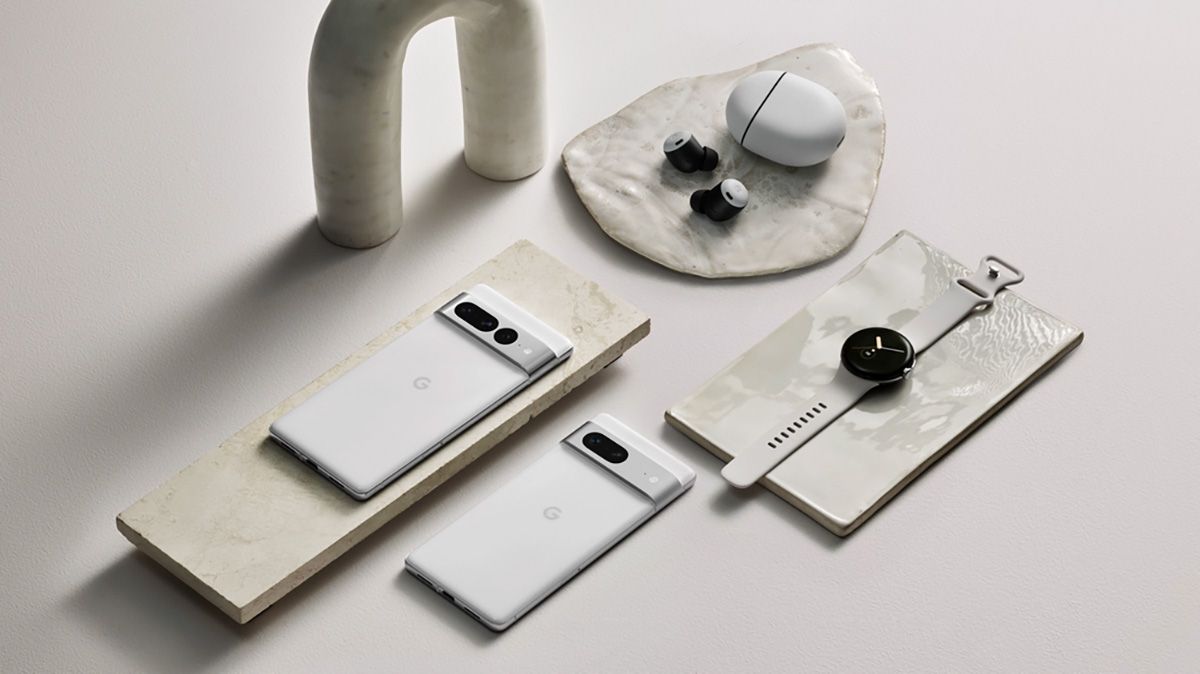
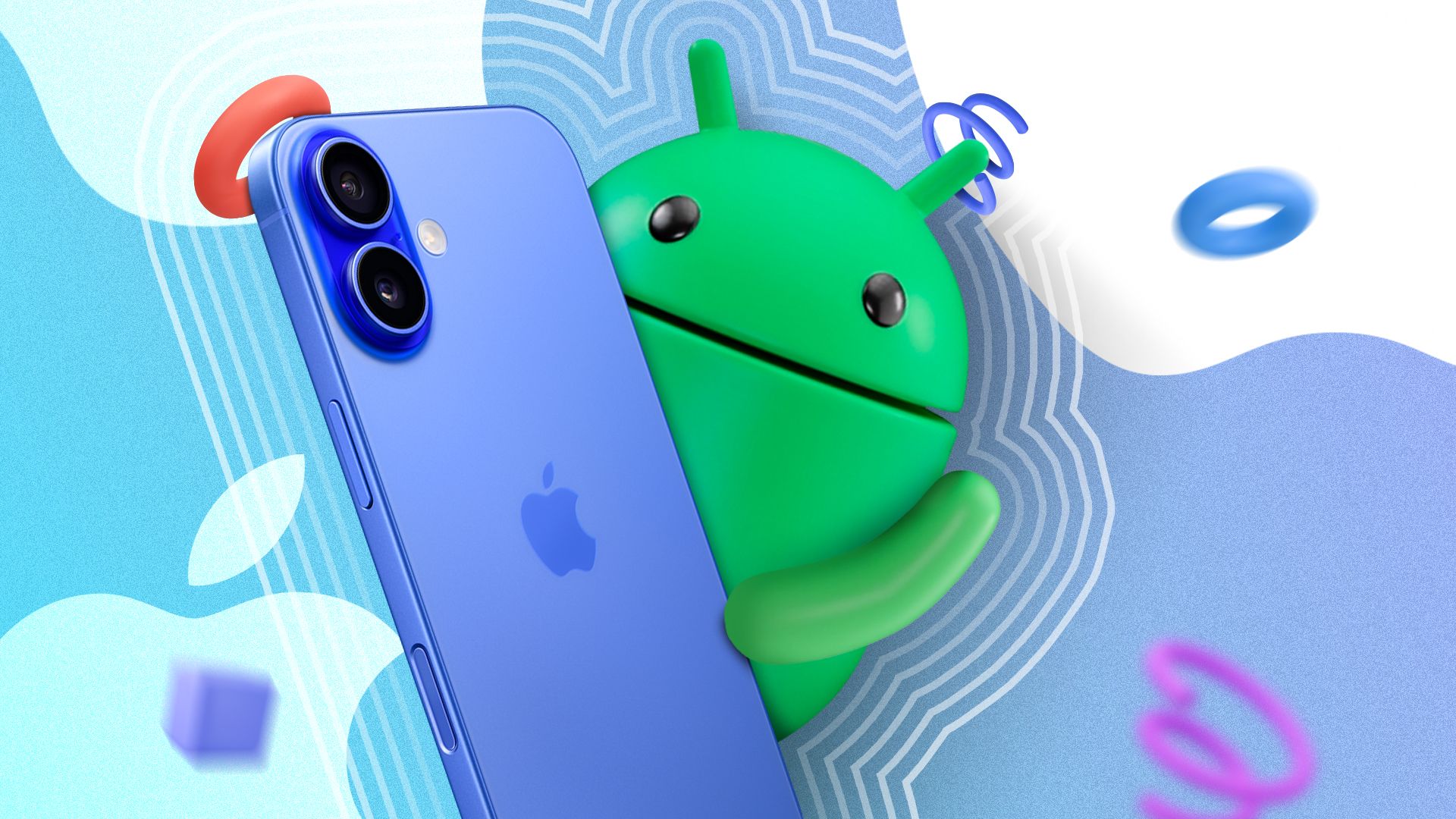
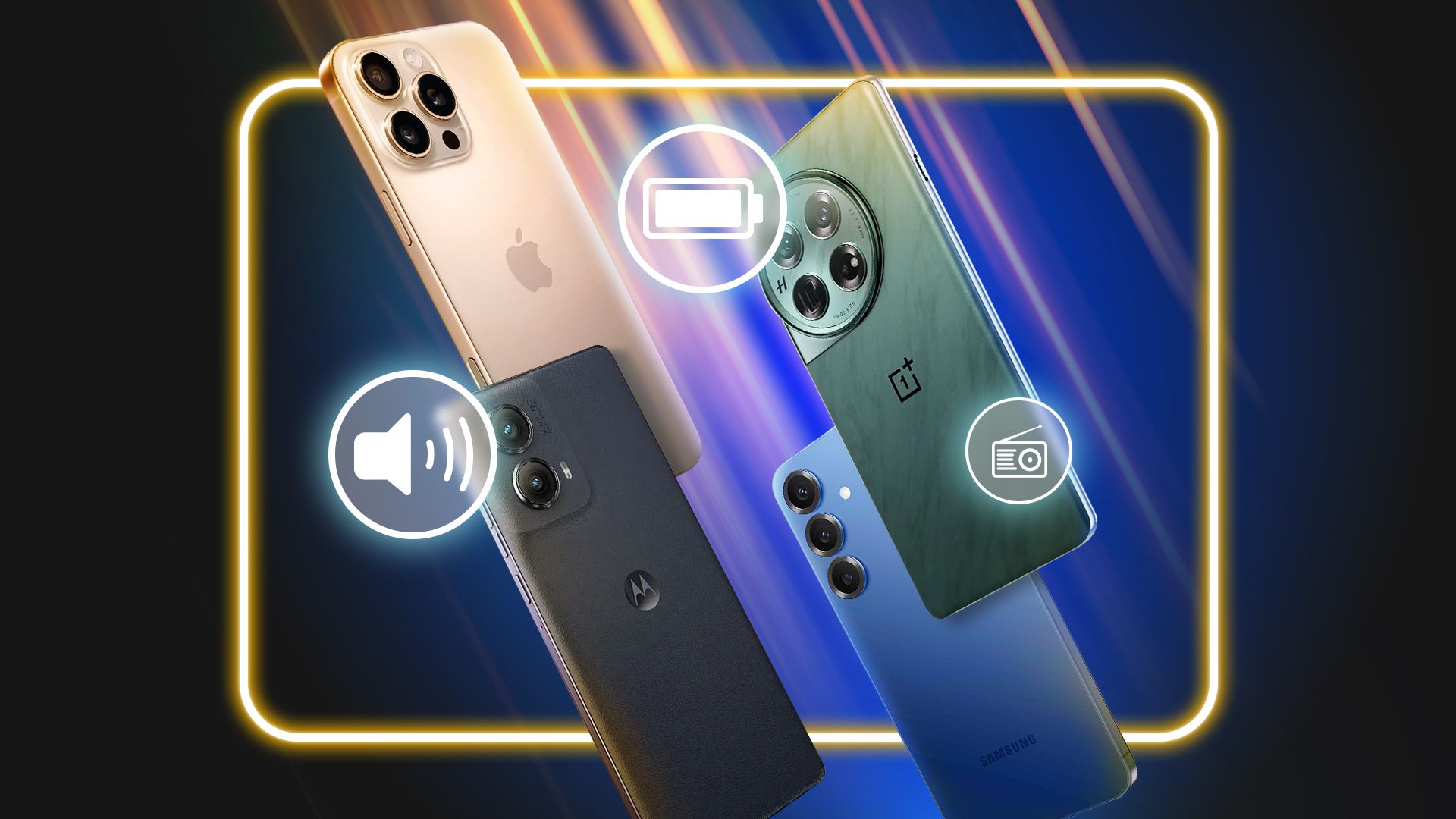





Leave a Comment
Your email address will not be published. Required fields are marked *